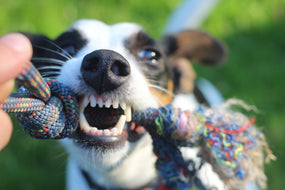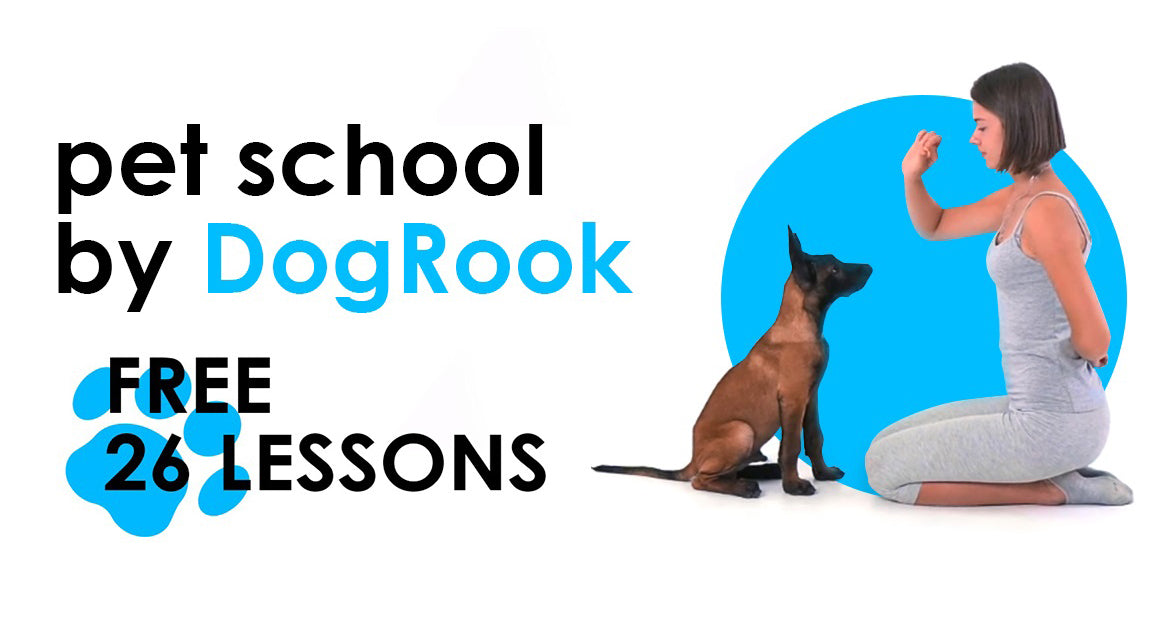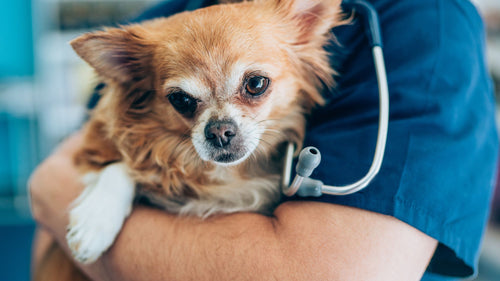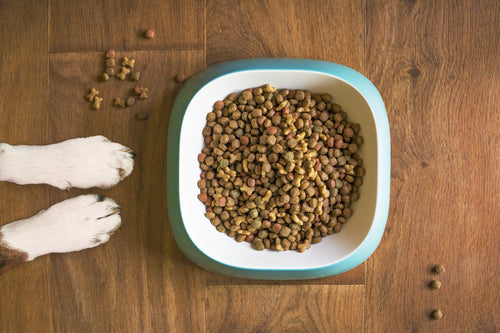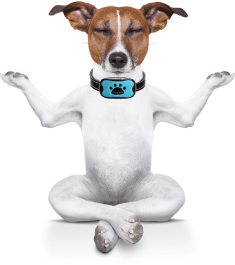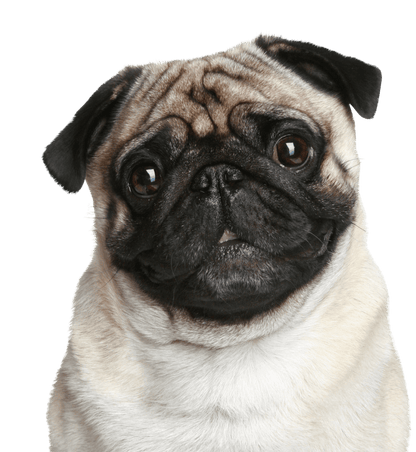Clipping a Dog's Claws
The overwhelming majority of urban tetrapods spend only a short time on the street. Most of the day they live in apartments or houses, where slippery parquet or soft carpet does not allow the nail plate to grind down to its natural state. Because of this, it grows back regularly, and problems arise.
The lack of manicure threatens:
- A long claw causes discomfort while moving. The dog puts the limbs in the wrong way, thereby reducing discomfort. Gradually, this provokes curvature, joint diseases and a detrimental load on the musculoskeletal system. As a result, any movement will be difficult.
- All dog breeders know that pets have a fifth toe on their hind legs. Sometimes it is removed in infancy, but in most cases it is not given much importance. However, the claw growing on it must be shortened. If this is not done, then the dog will begin to cling to upholstered furniture, bedspreads, the owner's clothes, risking injury.
- In the same way, injuries to any other regrown claws can occur.
- Ingrowth of the nail plate into soft tissues is possible. This creates severe pain and bleeding.
- Moving on parquet flooring, the pet makes loud sounds, which is especially inconvenient at night. The owner can in vain scold the pet for the noise when he goes to drink water.
Experienced dog breeders recommend that novice owners consult with a veterinarian or groomer before carrying out the manipulation. A professional will advise you on what length to leave, tell you an algorithm of actions and even give a master class on trimming.
The structure of a dog's claw
It is necessary to understand the anatomy of the paw and claw in order to do a dog's manicure without unnecessary trouble.
The claw of an animal has a part with blood vessels and nerve endings, it is called the claw bed. If you touch him, the sensation will be equivalent to cutting off a piece of living skin to the dog. Therefore, you can cut only the regrown and keratinized part - it is clearly visible in the light. If the hair between the fingers interferes with the view, carefully cut it too.
Different breeds of dogs have claws that are different in shape:
- straight (mainly in small indoor breeds);
- arcuate - very dense;
- feline, or curved arcuate.
The principle of haircuts will remain, but tools of different sharpness and shape may be required.
With love for your dogs, DogRook!

